Revolutionizing Veterinary Care: The Role of Endoscopic Tools
August 5, 2024 2024-11-21 6:24Revolutionizing Veterinary Care: The Role of Endoscopic Tools
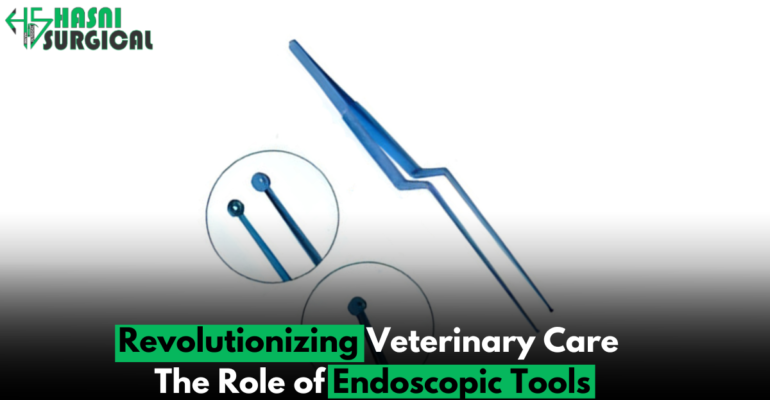
Revolutionizing Veterinary Care: The Role of Endoscopic Tools
Endoscopic Tools
In the dynamic realm of veterinary medicine, where compassion meets cutting-edge technology, innovations continually reshape the landscape of animal healthcare. Among these transformative advancements, the emergence of endoscopic tools stands out as a cornerstone of modern veterinary practice. Endoscopy, once limited to human medicine, is now essential in veterinary care. It enhances our ability to examine animals’ bodies and offers safer, more effective alternatives to traditional surgeries. Let’s explore how endoscopy has evolved and its significant impact on veterinary medicine.
Understanding Endoscopy:
Endoscopy is a cutting–edge diagnostic and surgical technique that has transformed the practice of veterinary medicine. It involves the use of specialized instruments known as endoscopes, which are equipped with tiny cameras and lights. These instruments allow veterinarians to visualize the internal structures of the body without the need for invasive surgery. Endoscopes vary in type, such as rigid and flexible, each suited for different anatomical pathways and procedures.
Diagnostic Applications:
Endoscopy plays a pivotal role in diagnosing a wide range of medical conditions in animals. One of its primary applications is in the evaluation of gastrointestinal disorders. Through gastroscopy and colonoscopy, veterinarians can visualize the stomach and intestines, identifying abnormalities like ulcers, polyps, inflammation, and tumors. These procedures enable endoscopic biopsies to diagnose conditions like inflammatory bowel disease and gastrointestinal lymphoma.
In the respiratory system, bronchoscopy offers crucial insights into the airways, helping diagnose tracheal collapse, bronchitis, and infections. Rhinoscopy assesses nasal passages and sinuses, aiding in diagnosing nasal tumors, foreign bodies, and chronic rhinitis.
Surgical Advancements:
Beyond diagnostics, endoscopic tools have revolutionized surgical interventions in veterinary medicine. Minimally invasive procedures offer smaller incisions, less tissue damage, reduced pain, and a faster recovery than open surgeries.
In orthopedic surgery, arthroscopy enables the evaluation and treatment of joint disorders with unparalleled precision. Arthroscopy lets veterinarians diagnose and treat joint issues by viewing cartilage and ligaments. Laparoscopy provides minimally invasive abdominal surgery with small incisions and clear internal views.

Challenges and Considerations:
Despite its numerous benefits, the widespread adoption of endoscopy in veterinary medicine is not without challenges. Equipment costs, specialized training requirements for veterinary professionals, and limited access to advanced facilities are significant barriers to implementation. Additionally, certain anatomical constraints in animals, particularly in smaller species, may pose challenges for endoscopic procedures. Ongoing technological advancements and growing veterinary expertise are making endoscopy more accessible and effective for a wider range of cases.
Future Directions:
As technology continues to evolve, the future of endoscopy in veterinary medicine holds even greater promise. Innovations like advanced imaging, robotic-assisted surgery, and miniature endoscopic instruments will boost diagnostic accuracy and surgical outcomes.
Conclusion:
Endoscopy is crucial in veterinary practice, offering top diagnostic and surgical benefits with minimal discomfort. From gastrointestinal and respiratory evaluations to orthopedic and soft tissue surgeries, the impact of endoscopy in veterinary medicine is profound. As technology and expertise advance, endoscopy will continue to lead veterinary care and shape the future of animal medicine worldwide.
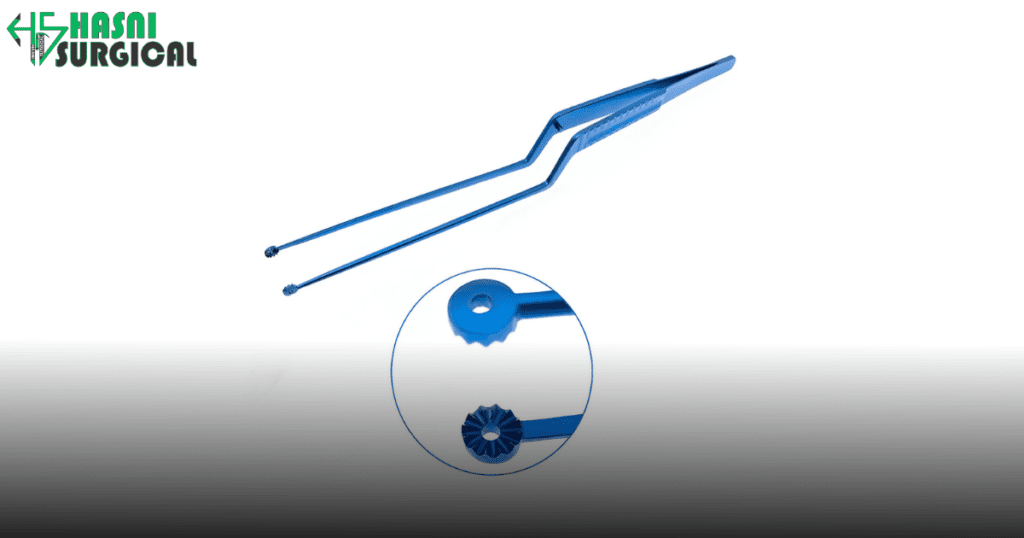
Diagnostic Applications of Endoscopic Tools in Veterinary Medicine:
Endoscopy is a crucial diagnostic tool for veterinarians, allowing non-invasive visualization of internal structures to identify and treat a range of conditions. Its versatility and precision have revolutionized the diagnostic process across different anatomical systems. Let’s explore some of the key diagnostic applications of endoscopic tools in veterinary medicine.
1. Gastrointestinal Disorders:
Endoscopy plays a pivotal role in evaluating and diagnosing gastrointestinal (GI) disorders in animals. Endoscopic examination of the GI tract reveals the causes of chronic vomiting, diarrhea, or weight loss. It allows veterinarians to view the esophagus, stomach, small intestine, and colon in real-time, detecting abnormalities like ulcers, polyps, IBD, bleeding, and foreign bodies. Biopsies can be taken for histopathological evaluation, aiding in diagnosis and treatment planning.
2. Respiratory Conditions:
Respiratory disorders are common in veterinary practice, from nasal discharge and coughing to severe conditions like pneumonia and bronchitis. Endoscopy provides a minimally invasive way to examine the upper and lower respiratory tract, including the nasal passages, trachea, and bronchi. It helps veterinarians detect nasal polyps, tracheal collapse, foreign bodies, tumors, and infections. Endoscopic procedures like bronchoscopy also enable sample collection for diagnosing respiratory infections and inflammation.
3. Urinary Tract Evaluation:
Endoscopy aids in diagnosing urinary tract disorders in animals, including recurrent UTIs, hematuria, and incontinence. Using a cystoscope, veterinarians can inspect the urinary tract for inflammation, stones, tumors, or abnormalities and perform minimally invasive procedures like urethral stent placement or laser lithotripsy for stone removal.
4. Ocular Examinations:
Endoscopy in ophthalmology allows veterinarians to diagnose and treat ocular conditions by visualizing internal eye structures. Techniques like endoscopy-assisted vitrectomy and endolaser photocoagulation enable precise diagnosis and targeted treatment, improving patient outcomes and preserving vision.
5. Evaluation of Other Anatomical Systems:
Endoscopy examines the gastrointestinal, respiratory, urinary, and ocular systems, ear canal, nasal passages, and upper airway.
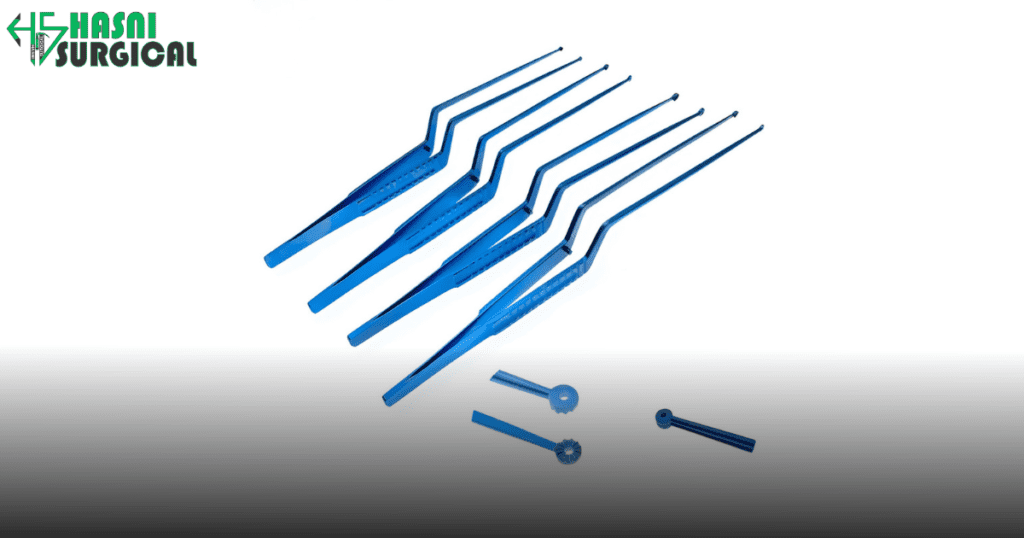
In conclusion, endoscopic tools have revolutionized veterinary diagnostics, allowing precise visualization of internal structures. With ongoing advancements, endoscopy will continue to enhance the diagnosis and treatment of various animal conditions, improving the quality of care.
Surgical Advancements:
In the realm of veterinary surgery, endoscopic techniques have ushered in a new era of innovation and improved patient care. Endoscopic tools have revolutionized surgical interventions by providing minimally invasive alternatives to traditional open surgeries. They have transformed specialties such as orthopedics, soft tissue surgery, and neurosurgery.
Orthopedic Procedures:
In orthopedic surgery, endoscopic techniques have revolutionized the management of musculoskeletal conditions in animals. One of the most notable applications is arthroscopy, which involves the insertion of a small camera and instruments into a joint space through tiny incisions. This enables direct visualization of joints like the knee, shoulder, or elbow, aiding in diagnosing and treating ligament tears and meniscal injuries.
Arthroscopic procedures offer several advantages over traditional open surgeries. By minimizing tissue trauma and preserving surrounding structures, arthroscopy reduces postoperative pain and accelerates recovery times. Moreover, endoscopic tools allow orthopedic surgeons to perform intricate procedures with greater accuracy, improving outcomes and long-term joint health.
Soft Tissue Surgery:
Endoscopic tools have revolutionized soft tissue surgery by providing less-invasive alternatives to traditional methods. Laparoscopy uses a camera and specialized instruments inserted through small abdominal incisions to view and manipulate internal organs. It has revolutionized spaying and gastropexy by reducing pain and speeding recovery. Cosmetic results are also improved compared to open surgeries.
Laparoscopy allows veterinarians to perform advanced procedures like organ biopsies and minimally invasive bladder stone removal with precision, minimizing trauma. This results in shorter hospital stays, fewer complications, and faster recovery for animals compared to traditional methods.
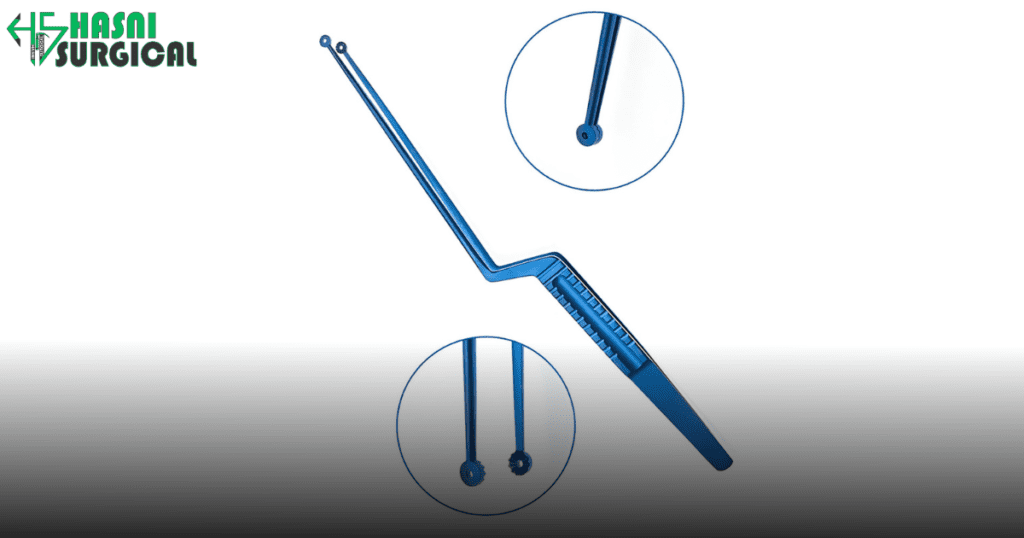
Neurosurgery:
In the field of neurosurgery, endoscopic techniques have expanded the treatment options available for animals with spinal cord injuries, intervertebral disc disease (IVDD), and other neurological conditions. Endoscopic spinal surgery, including decompressive laminectomy and disc fenestration, targets herniated disc removal and neural decompression with minimal tissue disruption.
Endoscopic neurosurgery minimizes intraoperative bleeding, postoperative pain, and recovery time versus traditional methods. Enhanced visualization and magnification improve surgical precision, reducing complications and improving long-term outcomes.
Conclusion:
Endoscopic tools have revolutionized veterinary surgery, offering safer, less invasive alternatives to traditional open procedures across various specialties. From orthopedic interventions to soft tissue and neurosurgical procedures, the impact of endoscopy on patient care is profound, leading to improved outcomes, reduced postoperative pain, and faster recovery times for our animal companions. As technology continues to advance and expertise in endoscopic techniques grows, the future of veterinary surgery holds even greater promise, with continued innovation and advancements shaping the way we care for animals in need of surgical intervention.
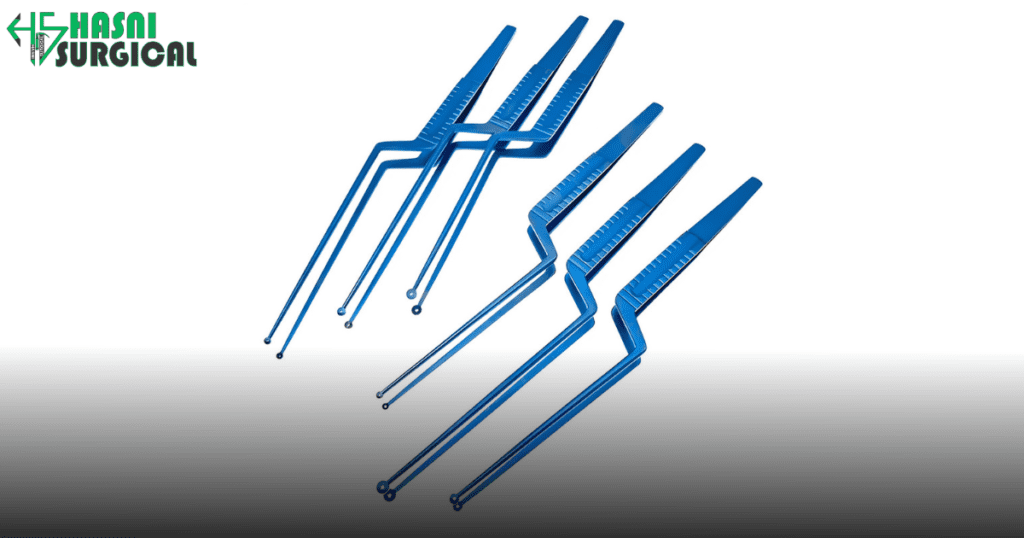
Challenges and Considerations:
1. Equipment Costs and Accessibility:
Endoscopic equipment, including scopes, cameras, light sources, and monitoring systems, can be expensive, limiting their availability in smaller veterinary clinics or those with limited resources. High costs may limit adoption in rural or low-income areas. Addressing this challenge requires proactive efforts to make endoscopic technology more affordable and accessible to veterinary practices of all sizes.
2. Specialized Training and Expertise:
Proficiency in performing endoscopic procedures requires specialized training and expertise beyond conventional veterinary skills. Veterinarians and veterinary technicians must undergo comprehensive training programs to develop the necessary skills for the safe and effective use of endoscopic equipment. Ongoing education is crucial for staying updated on technological advancements and refining procedural techniques. Ensuring access to high-quality training programs and continuing education opportunities is crucial for promoting competence and confidence among veterinary professionals.
3. Anatomical Variations and Limitations:
Endoscopic procedures may face limitations with smaller or exotic animals. The size and shape of endoscopic instruments may not always be suitable for accessing certain anatomical sites or navigating through narrow passages. Anatomical variations between species require veterinarians to adapt techniques, demanding innovation in endoscopic instrument design and specialized training in species-specific procedures.
4. Patient Selection and Risk Assessment:
Endoscopic procedures require careful patient selection and risk assessment. Veterinarians must evaluate each case, considering health conditions, anatomical issues, and procedural risks, and obtain informed consent from pet owners.
5. Ethical and welfare considerations:
As with any medical intervention, ethical considerations surrounding the use of endoscopic tools in veterinary medicine are paramount. Veterinarians must prioritize patient welfare and well-being throughout the entire endoscopic process, from pre-operative assessment to post-operative care. Minimizing pain and discomfort, maintaining anesthesia at appropriate levels, and monitoring patient vitals closely are essential for ensuring optimal outcomes and mitigating potential complications. Ethical considerations include owner expectations, financial constraints, and balancing therapeutic benefits with quality of life for animal patients.
Addressing these challenges and considerations requires a multidisciplinary approach, encompassing veterinary professionals, industry stakeholders, educators, researchers, and regulatory bodies. By fostering collaboration, innovation, and education, the veterinary community can overcome barriers to endoscopic adoption and maximize its potential to advance animal health and welfare. Ultimately, a comprehensive understanding of the challenges and considerations associated with endoscopy in veterinary medicine is essential for promoting responsible and effective use of this transformative technology.
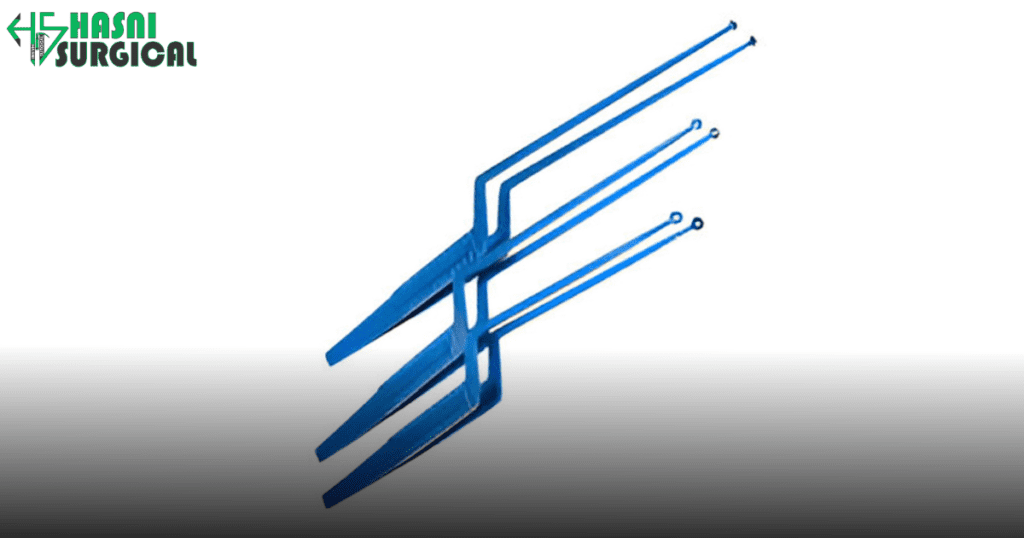
Future Directions:
As technology rapidly advances, the future of endoscopy in veterinary medicine promises significant innovation and improvement. Several exciting developments and emerging trends are poised to shape the landscape of veterinary endoscopy in the coming years:
1. Advanced Imaging Modalities:
Future advancements in imaging technology will enhance endoscopic tools, offering clearer, more detailed internal images. High-definition cameras and techniques like fluorescence imaging and confocal microscopy will improve tissue visualization, aiding in early detection and precise interventions.
2. Robotic-Assisted Surgery:
Robotics and automation are increasingly being integrated into surgical procedures across various medical disciplines, and veterinary medicine is no exception. Robotic-assisted endoscopic systems offer several potential benefits, including improved maneuverability, steadier instrument control, and enhanced ergonomics for the operating veterinarian. These systems can minimize tissue trauma, shorten surgical times, and improve patient outcomes.
3. Miniature Endoscopic Instruments:
Miniaturized endoscopic tools are advancing veterinary care for small and exotic pets. They will allow for more precise, minimally invasive procedures in challenging anatomical areas, expanding diagnostic and treatment options.
4. Integration of Artificial Intelligence:
Artificial intelligence (AI) and machine learning algorithms have the potential to revolutionize the interpretation of endoscopic images and videos. By analyzing vast amounts of data and identifying patterns indicative of various diseases or abnormalities, AI systems can assist veterinarians in making more accurate diagnoses and treatment decisions. AI-driven navigation systems could optimize endoscopic instrument trajectories, enhancing precision and safety.
5. Telemedicine and Remote Consultations:
The integration of telemedicine platforms into veterinary practice has already begun to streamline communication between veterinarians and pet owners. In endoscopy, telemedicine allows remote consultations with specialists for real-time interpretation and collaborative decision-making. This technology enhances access to expertise in resource-limited areas and supports ongoing patient care.
6. Interdisciplinary Collaboration:
Collaborations between veterinary professionals, biomedical engineers, and computer scientists will drive innovation in veterinary endoscopy, tackling complex challenges and translating research into clinical practice. These interdisciplinary efforts will push the boundaries of the field and improve animal health and welfare.
In conclusion, veterinary endoscopy will advance care. Continued technological innovation and collaboration will ensure significant progress, benefiting animals and their human companions.
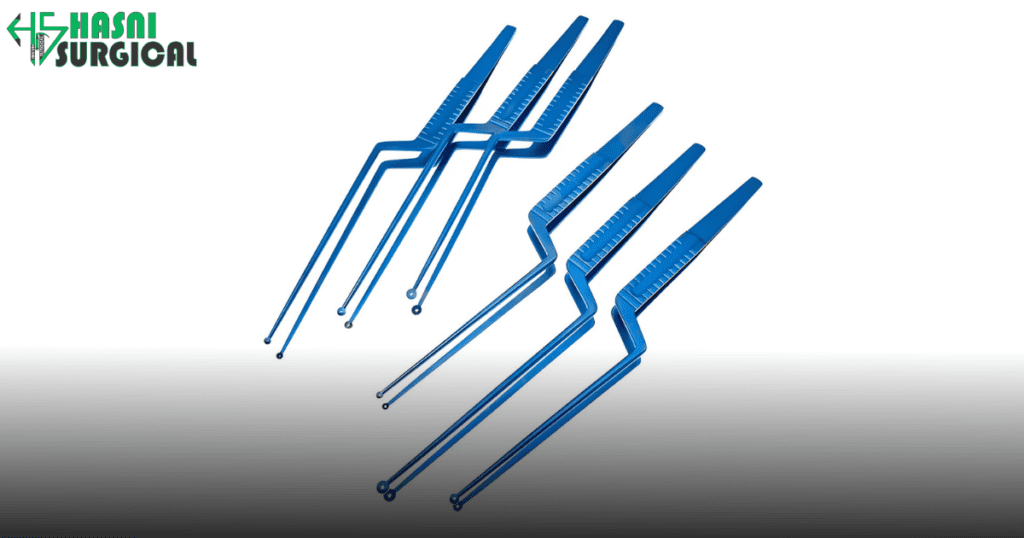
Conclusion:
In the dynamic landscape of veterinary medicine, the significance of endoscopic tools cannot be overstated. These advanced instruments have transformed the way veterinarians diagnose, treat, and care for their patients, ushering in a new era of precision medicine and improved outcomes. As we reflect on the profound impact of endoscopy in veterinary practice, it’s clear that the benefits extend far beyond mere technical advancements.
Endoscopy revolutionizes veterinary care with a focus on minimally invasive techniques that enhance patient comfort and accelerate recovery. It minimizes trauma and complications versus traditional surgeries, enhancing animals’ welfare and quality of life.
Endoscopy provides unparalleled diagnostic capabilities, offering clear, precise visualization of internal structures. This enables early detection, accurate diagnosis, and tailored interventions for each patient’s needs.
Looking ahead, the future of endoscopy in veterinary medicine is brimming with potential. Technological advancements and continuous education are set to expand endoscopic applications and refine techniques for improved efficacy and safety.
As we explore new possibilities, we must acknowledge the collaborative efforts of veterinary professionals, researchers, and industry innovators. Their collective expertise will keep endoscopies at the forefront of veterinary care.
Endoscopic tools have revolutionized veterinary medicine and reinforced our commitment to top-notch animal care. Let’s honor past achievements and stay committed to advancing veterinary endoscopy for the betterment of animals and their owners.

